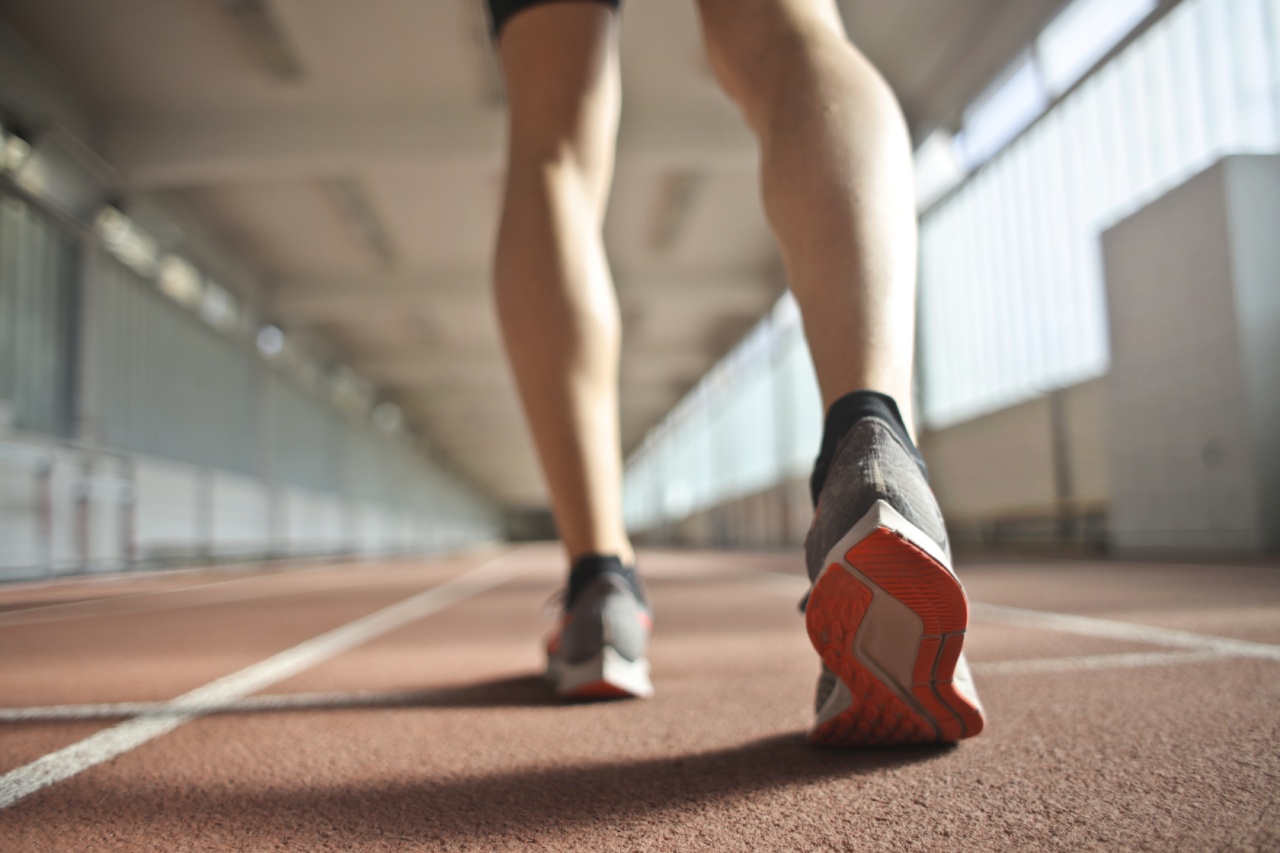As health professionals, it is important to understand the importance of healthy joints for our patients. Joints play a significant role in our ability to move and perform daily activities.
Without proper care and attention, joints can become damaged, leading to pain and discomfort. In this guide, we will provide information on how to promote and maintain healthy joints for our patients.
Anatomy and Function of Joints
Before discussing how to maintain healthy joints, it is important to understand the anatomy and function of the joints. Joints are the connections between bones in the body.
They allow for movement and support bones as they bear weight and pressure from physical activities.
The different types of joints include:.
- Hinge joint (e.g., knee)
- Pivot joint (e.g., neck)
- Ball and socket joint (e.g., hip)
- Saddle joint (e.g., thumb)
- Gliding joint (e.g., wrist)
- Condyloid joint (e.g., knuckle)
Joints are surrounded by cartilage, which provides cushioning and protection for the bones. Synovial fluid also helps lubricate the joints, allowing for smooth movement.
Causes of Joint Damage
Joints can become damaged due to various reasons, including:.
- Age-related wear and tear
- Injuries or trauma
- Overuse or repetitive motion
- Obesity or excess weight
- Genetic predisposition
Prevention of Joint Damage
While we cannot control all causes of joint damage, there are measures we can take to prevent it from happening.
- Exercise: Physical activity helps strengthen muscles and improves joint flexibility. Low-impact exercises, such as swimming, biking, or yoga, are especially beneficial for joint health.
- Maintain a healthy weight: Excess weight can put additional pressure on the joints, leading to wear and tear. Encourage patients to maintain a healthy weight through diet and exercise.
- Use proper form: Incorrect posture or form during physical activity can put additional stress on the joints. Encourage patients to use proper form during exercise or physical activity.
- Wear protective gear: Using appropriate gear, such as helmets, knee pads, or wrist guards, can help prevent injuries during physical activity.
- Take breaks: Prolonged standing or sitting can lead to joint stiffness and pain. Encourage patients to take breaks and change positions frequently.
Treatment for Joint Damage
If a patient is experiencing joint pain or damage, there are several treatment options available:.
- Physical therapy: Exercises and stretches can help improve joint mobility and strength.
- Medication: Nonsteroidal anti-inflammatory drugs (NSAIDs) or corticosteroids can help reduce inflammation and pain.
- Supportive devices: Braces or splints can help support the joint and reduce stress.
- Surgery: In severe cases, surgery may be necessary to repair or replace the joint.
Special Considerations for Older Adults
As we age, our joints become more susceptible to wear and tear. It is important to take additional precautions for joint health in older adults.
- Gentle exercise: Low-impact exercises can help maintain joint flexibility and strength without putting additional stress on the joints.
- Avoid high-impact activities: Activities that involve jumping, running, or sudden movements can put unnecessary stress on the joints.
- Maintain a healthy weight: Excess weight can put extra pressure on the joints, leading to wear and tear.
- Get regular check-ups: Regular appointments with a healthcare provider can help monitor joint health and catch any issues early on.
Conclusion
Promoting and maintaining healthy joints is an important aspect of overall health. As health professionals, we can educate our patients on proper joint care and help them prevent or treat joint damage.
Encourage patients to incorporate exercise, maintain a healthy weight, and use appropriate protective gear during physical activity. For older adults, suggest gentle exercise and regular check-ups to monitor joint health.





























